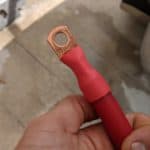
MENUMENU
TALK TO AN EXPERT
Special Hours: 7AM – 6PM PST
TALK TO AN EXPERT
Special Hours: 7AM – 6PM PST
Whether you’re building your off-grid dream home or just trying to save some money on your utilities every month, home design can play a role. The design of your home itself can play a major role in the amount of energy needed to stay comfortable all year round. One of the most popular ways to do this is with passive home building techniques. But what exactly are passive homes, and how can you apply the principles to your living space? Let’s take a closer look.
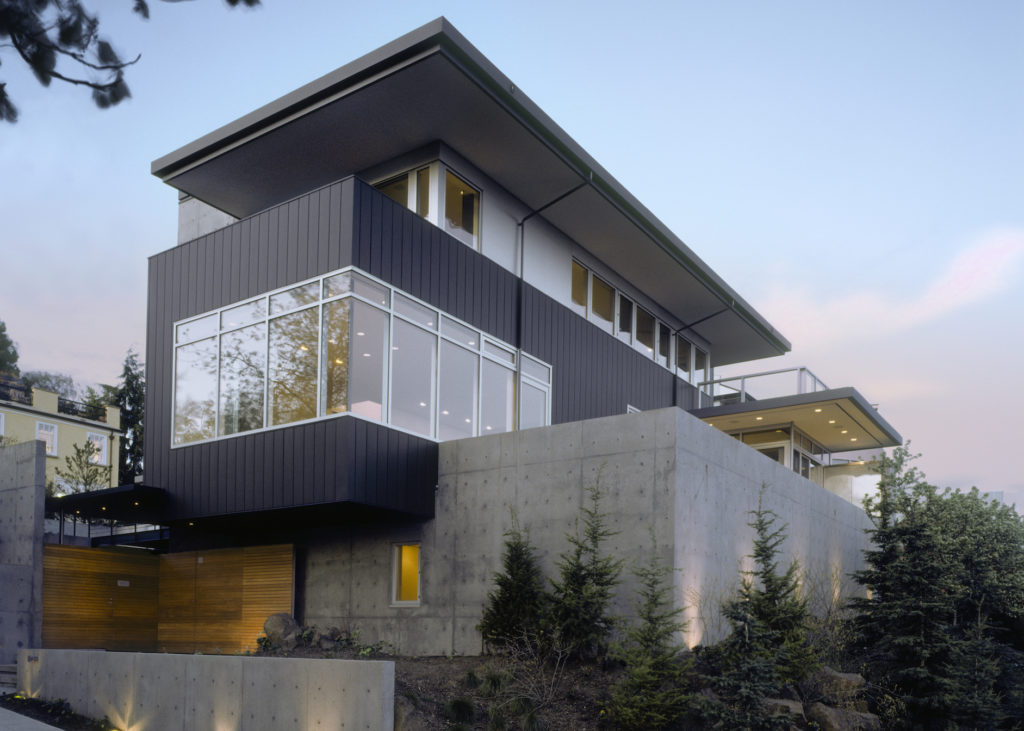
Passive homes use certain design principles to create a comfortable temperature and climate with minimal energy use compared to a typical home. Passive homes serve several purposes. Some are off-grid homes where owners need to generate all their electricity, homes in locations that get extremely hot or cold, or homes built by owners looking to conserve electricity for financial or environmental reasons.
There are a few hallmarks of passive design for buildings and homes. They all focus on reducing primary energy (the amount of power drawn from sources outside the home system) while preserving thermal comfort, which means a comfortable temperature and humidity level.
Passive houses take advantage of the concepts of space heating and airtightness. This means ambient heat from lights, electronics, and body heat can be used and preserved to lower overall energy usage.
There are a few common elements and principles of building passive homes.
The first is high-quality insulation. It’s about keeping the heat out when it’s too hot and the heat in when it’s cooler. Much of this comes down to the quality of insulation used within the home. Different materials have different “R values,” a concept that measures their ability to insulate. Various areas of your home and regions of the country will dictate what R-value is needed for proper passive home insulation.
Along a similar track, two more crucial principles of passive homes are superior windows and airtight construction. High-end windows are designed to insulate homes better, with improved R-values and specific designs to keep the outdoors at bay. In some cases, carefully placed extra-large windows also help to let in light and warmth, an excellent choice for passive homes in colder climates.
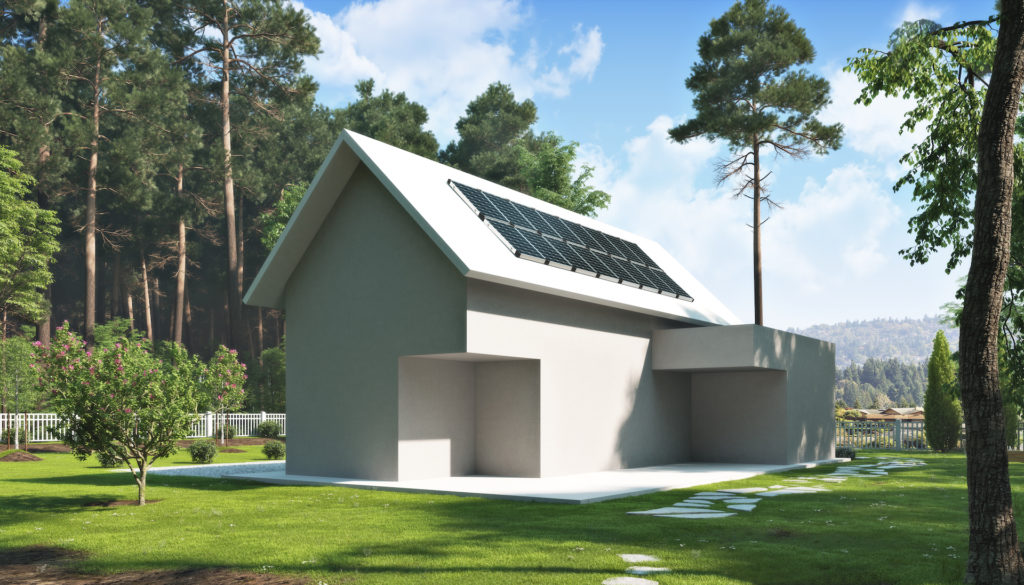
Airtight construction is also a crucial part of any passive design. This may range from choosing specific building materials to taking extra care to eliminate any drafty spaces that might be fine in an ordinary house but problematic in a passive one.
These methods are linked to another important principle of passive homes, thermal bridge-free design. Thermal bridging refers to the process where the design of a building allows heat or cold to transfer through gaps in thermal barriers. This can be either through physical openings like holes or areas of poor insulation. Passive homes use special techniques and materials that limit or eliminate thermal bridging.
Finally, nearly all passive homes will rely on the principle of heat recovery ventilation. These systems use the heat already present in old, stale air from your home and transfer it to the fresh, clean air being pumped in via your ventilation system. This reduces the energy needs for heating by a significant amount while maintaining normal fresh air levels.
The primary benefit of a passive home should be obvious — dramatic reductions in your energy usage and the amount you pay for power. This is especially valuable in off-grid settings, where you’re responsible for generating all of the power you’ll use yourself. You’ll avoid using your precious juice on staying comfortable, meaning more is available for other uses like lighting, cooking, entertainment, and more.
→ Going off-grid? Learn more about the Best Off-Grid Power Systems.

Even if you use the traditional power grid, the financial savings can be dramatic. Imagine nearly eliminating your electricity bill and all the money you could put back in your pocket each month.
While passive homes have many advantages, they don’t come without potential drawbacks. First, they’re not well-suited for all climates. Houses in extremely hot or cold areas may struggle to create comfortable conditions with passive techniques alone.
Building a passive home along the necessary guidelines can also be limiting in terms of design. Some owners may feel unable to put their personal touch or creativity into the house. Finally, as we’ll discuss more shortly, passive homes are typically costlier to build than traditional homes.
As you might expect, there’s a spectrum of home “passivity,” depending on how many principles of the passive home building were applied and how strictly. But in cases where design principles are closely followed and construction is done appropriately, passive homes can use up to 90% less energy than a typical house! It’s not uncommon to see a 50-70% or more reduction, helping conserve energy and save money.
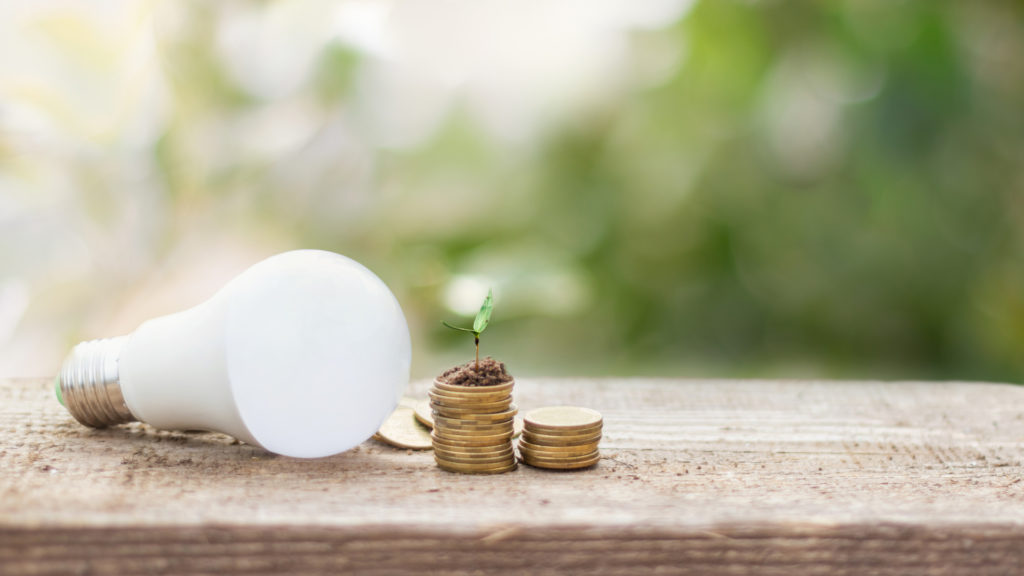
Passive homes can cost more than a typical house. How much more will depend on how passive the home is. You can accomplish some simple steps like adding additional insulation or eliminating some thermal bridging, even in existing homes.
However, as the house becomes more passive in design, costs can increase. These costs primarily come from more expensive windows, heating and cooling equipment, and additional time required to make the house as airtight as possible. Homeowners starting from scratch may also find hiring a design firm specializing in passive homes costly.
Still, passive homes can be much cheaper on an ongoing basis than traditional homes. Utilities will be far more affordable, making them less expensive over time. Doing a full, “life of the house” cost analysis on the individual project will provide a clearer picture of the financial viability over the long-term.
If you aren’t familiar with the “duck curve,” you’re not alone. But this important concept has huge implications for our electrical grid and generation system. In the simplest terms, it refers to the shape created on a graph charting electrical demand over a day.
In the days before solar panels became quite so common, electrical demand was typically lowest overnight, followed by a ramp-up in the morning when people woke up, after which there’s another increase at night as people returned home from work. Finally, demand falls again as lights and appliances turn off when people go to sleep.
However, solar panels have changed the shape of this graph, in some cases dramatically. Instead of a morning ramp-up that requires power plants to increase their generation, individual home solar systems use the morning and midday sun to produce the energy these users need. This allows regular power plants to generate at a relatively low level.
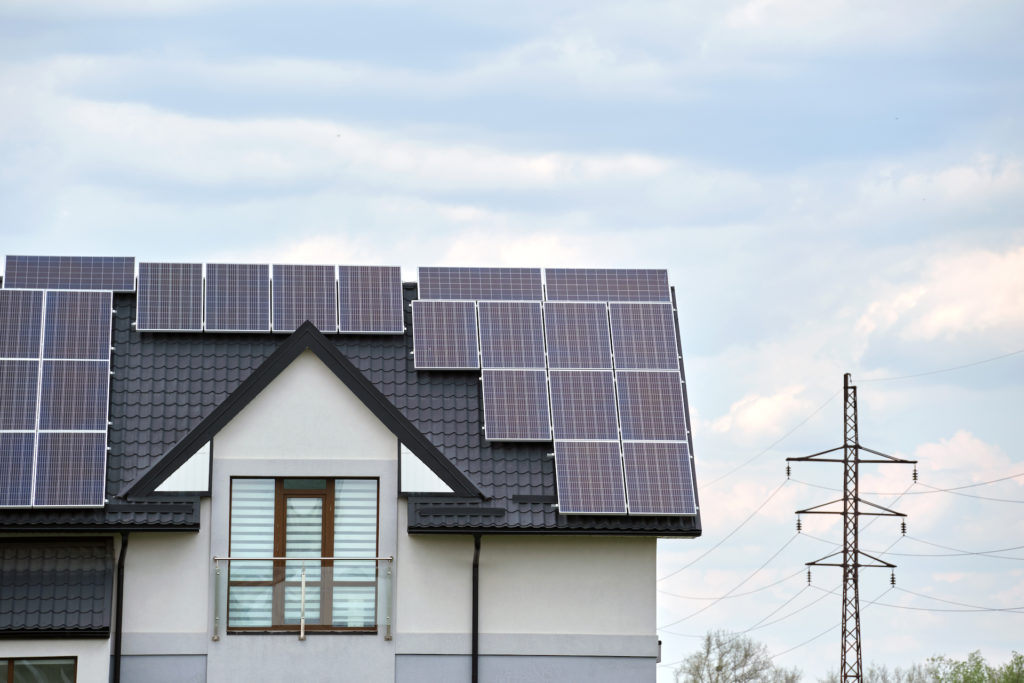
The problem comes in the evening when the sun sets, and solar energy generation drops. This forces traditional power plants to increase their electrical generation rapidly. They must cover the evening spike and make up for the energy that solar had created during the daytime. These dramatic spikes can wreak havoc on energy pricing and the grid.
Passive homes can help “flatten” this “duck curve” with home battery storage. The home’s low energy usage during peak solar generation hours allows batteries to charge regularly. Then, the home can draw from these during the evening peak. This helps reduce the overall power generation required from traditional power plants.
→ Is Home Battery Power Really Possible? Find out here!
Building a passive house certainly isn’t as easy as a standard home. It requires different materials, non-standard construction techniques, and knowledge of how to apply them. Without a doubt, this can lead to higher prices and longer waits for the home of your dreams. And certain climates can limit the benefits of a passive home.
Still, a passive home can be a very worthwhile pursuit for those looking to dramatically cut their energy usage or go off-grid entirely. There may be few other options for a fully self-sufficient off-grid home in some situations. But in others, passive homes still may be worth it for their dramatic financial savings.
Maybe you want a fully self-reliant home that does not rely on the power grid. Maybe you simply want to use a few of these principles to help lower your utility bills. Either way, passive homes are a unique design style with myriad advantages for homeowners of all kinds.
We know that building or upgrading an electrical system can be overwhelming, so we’re here to help. Our Reno, Nevada-based sales and customer service team is standing by at (855) 292-2831 to take your questions!
Also, join us on Facebook, Instagram, and YouTube to learn more about how lithium battery systems can power your lifestyle, see how others have built their systems, and gain the confidence to get out there and stay out there.
Shop Best Sellers
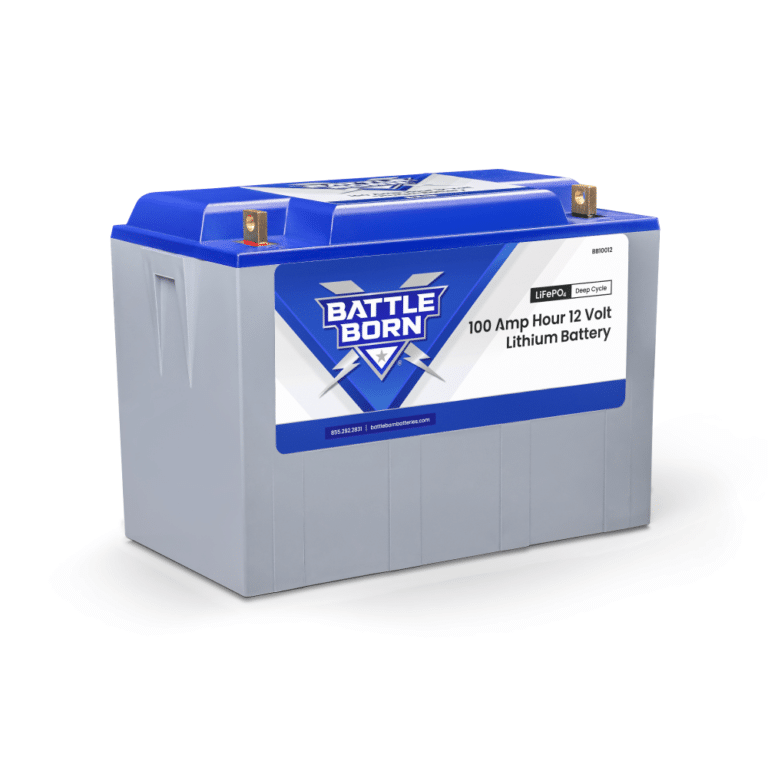


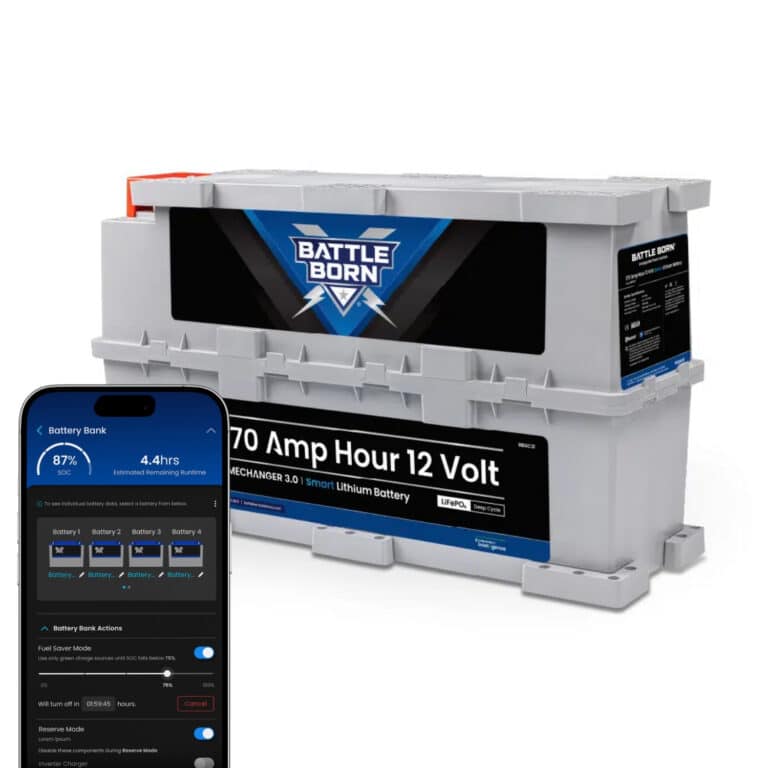
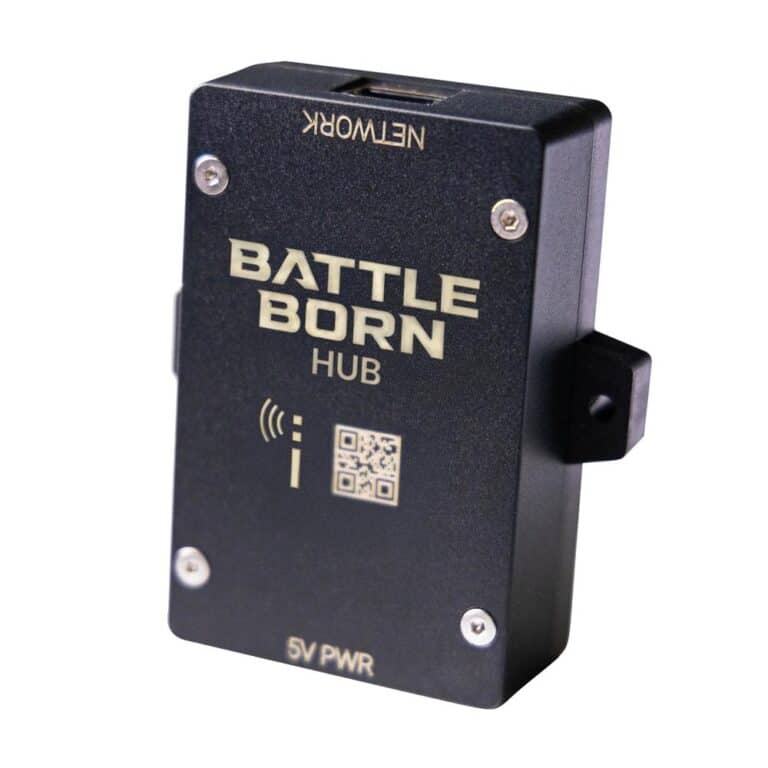



Ask a technical specialist now at 855.292.2831
Stay in the Know
Take our short Customer Survey for a chance to …
WIN a $300 Visa Gift Card